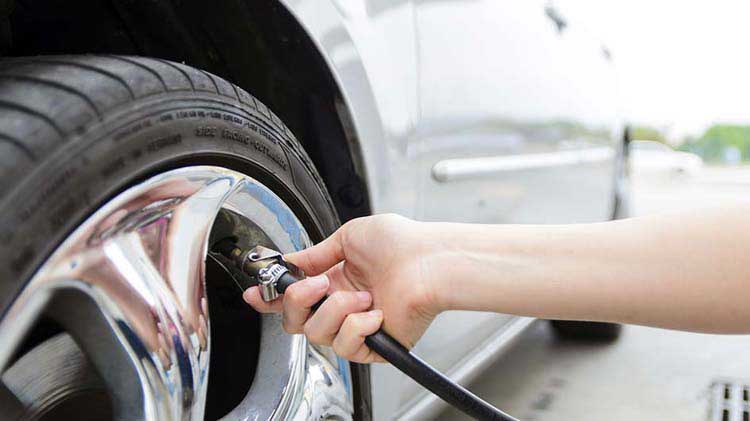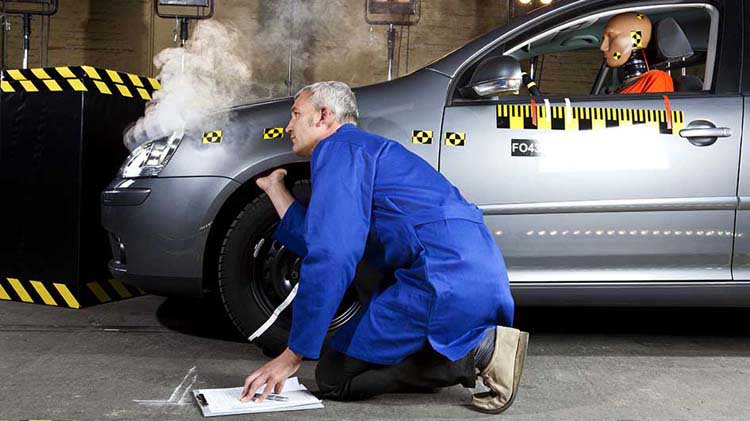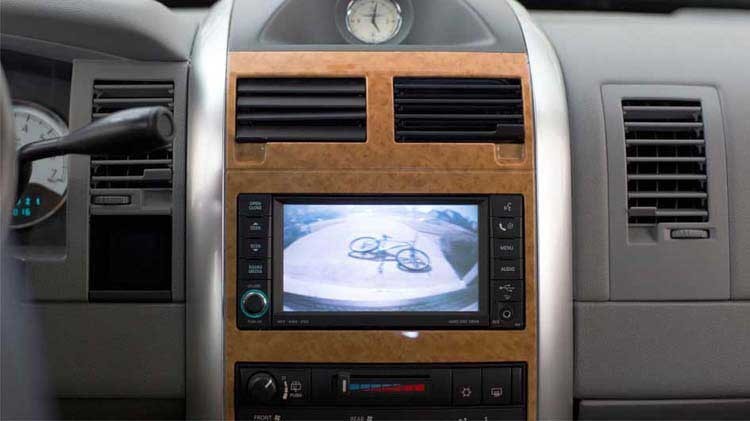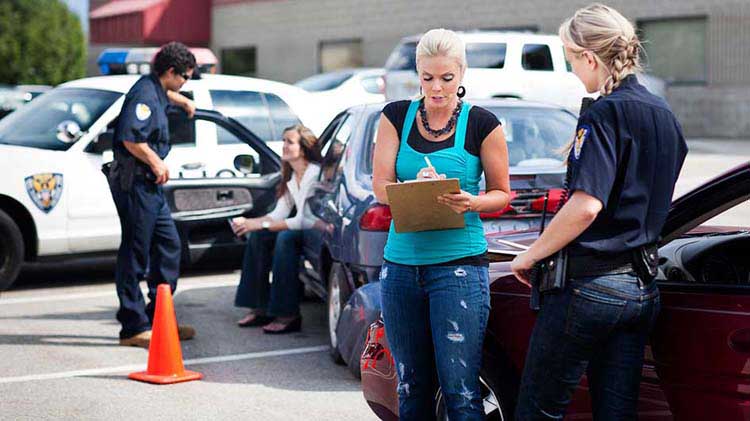How to check tire pressure
Maintaining proper tire pressure is vital to safe and economic driving.
Maintaining proper tire pressure is often overlooked by drivers until they need to swerve or brake unexpectedly to avoid a collision. There is no perfect calculation to tell exactly how long your tires will last. However, with proper vehicle maintenance, many tire-related accidents may be easily avoided.
How to check air pressure
Before you get started, you will need a pen and paper, a tire pressure gauge and an air compressor to properly check and maintain tire pressure. Auto parts stores typically carry digital and mechanical air pressure gauges and air compressors. Many air compressors are portable and run from your car battery or 12v power port. In addition, many gas stations have air compressors that you can use for a small price.
Once you have your materials, you should:
Start with cold tires: You should check inflation in the morning before the car has been driven, if possible. Tire pressure can change due to many factors, one of which is a change in the ambient air temperature. For every 10 degrees in ambient air temperature change tire pressure can increase (if temperature rises) or decrease (if the temperature falls) by 1 Pounds per Square Inch (PSI).
Find your recommended PSI: Inside the driver's side door, glove box or fuel door, there should be a tire pressure guide showing the manufacturer recommended air pressure for your vehicle's front and rear tires. Sometimes your spare tire too. Typically it specifies the "cold tire inflation pressure". The PSI number is what you set the air pressure gauge to if you are adding air at a gas station.
Take the measurement: After taking off the valve cap from one of your tires, place the pressure gauge on the valve stem and press down hard until the hiss sound disappears and your gauge provides a reading. Air pressure will push out a bar on a standard gauge and the measurement units are etched into the bar. A digital gauge will show you the reading on a screen. Write down the reading and repeat this process for all four tires.
Inflate if needed: If your tires are underinflated, place or screw the end of the air compressor hose over the valve stem and press on the lever if needed. After inflating them again, recheck the pressure to make sure you've reached the correct PSI. If you haven't, add more air. If you've overinflated your tires, let air out by putting the hose loosely back on your valve so you can hear the hiss of the air being released.
Once you have the proper pressure in your tires, use these quick tips to maintain appropriate tire pressure.
Check your tire pressure often
If you wait too long to check your tire pressure, you could be forced to deal with a flat, blowout, unevenly worn tire or even worse, a tire-related accident. You might consider run-flat tires if you don't feel that you'll be able to check your tire pressure regularly.
Tires lose small amounts of air pressure each day from a variety of factors including: cooling temperatures, seasonal or altitude changes, and road debris like nails and screws. It's important to get into a routine of checking your tires every time you get gas adding to the vehicle safety and extending the life of the tire.
Get a digital pressure gauge
Purchase a digital tire gauge to use when filling your tires. It's fine to use the gas station's air when filling your tires, but you shouldn't rely on the accuracy of its measurement. Invest in a personal digital tire gauge to keep in your car. If you find that your tire pressure is often low, you may need new tires.




